T4K3.news
Continental drift could reshape continents
Geologists say Australia is moving toward Asia at 7 cm per year, with long-term implications for climate, ecosystems, and technology.
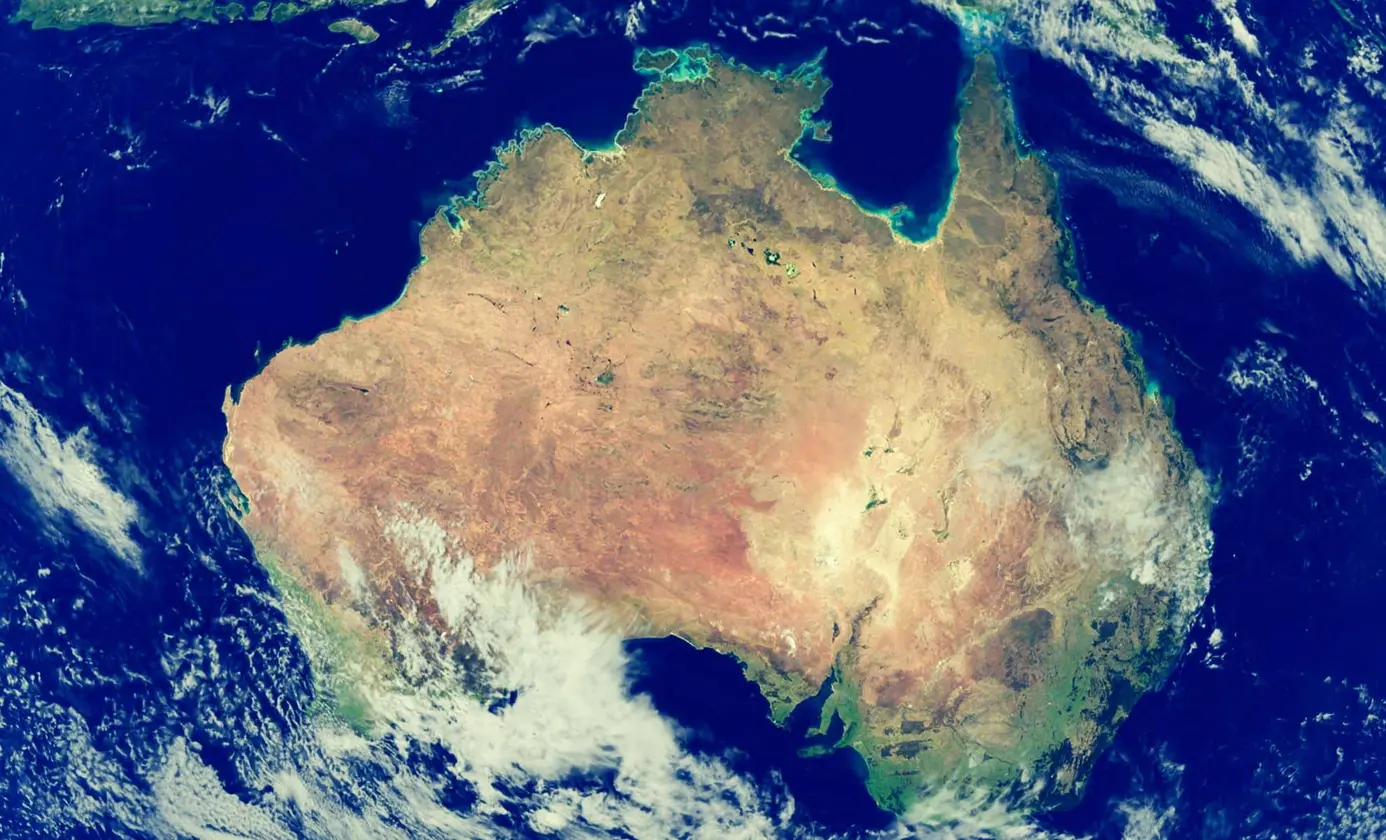
Geologists warn that Australia’s northward drift could reshape geography, climate, and technology.
Australia Moves Toward Asia as Continental Drift Accelerates
A Curtin University geologist says Australia is moving northward at about 7 centimeters per year, a measurable change that could reshape maps and raise seismic risk as plates interact with Southeast Asia. The pace, while slow in a human life, adds up over millions of years and is supported by plate tectonics research.
Scientists say the drift could lead to the formation of a new supercontinent tentatively named Amasia. The collision would bring volcanic activity, new mountain ranges, and shifts in ocean currents, potentially altering climate zones and threatening ecosystems. In addition, the shift could affect modern technology that relies on precise location data, such as GPS and surveying systems, requiring ongoing calibration as the continent continues to move.
Key Takeaways
"Australia is moving northwards 7cms every year, towards Asia."
Direct quote on drift rate from Li
"We believe that the earth evolves in a cyclic pattern, where the continents move apart and now are moving back together."
Li on the cycle of continental movement
"Whether we like it or not the Australian continent is going to collide with Asia"
Li on the inevitability of collision
The story blends solid science with big, long-term predictions. Timescales stretch far beyond daily life, which can make readers think chaos is imminent. The challenge for coverage is to separate what is well supported from what remains speculative.
Beyond the science, there is a policy question: how should societies plan for changes that unfold over millions of years? Infrastructure, conservation, and data systems must be built with resilience, not alarm. Clear communication about timelines and uncertainties helps readers distinguish between plausible outcomes and sensationalism.
Highlights
- The earth keeps rewiring its own map.
- We are watching geology in real time.
- A new supercontinent could redefine our world.
- Continental drift is a patient, stubborn sculptor.
Ongoing research will reveal how much of this drift is already in motion and what it means for daily life.
Enjoyed this? Let your friends know!
Related News
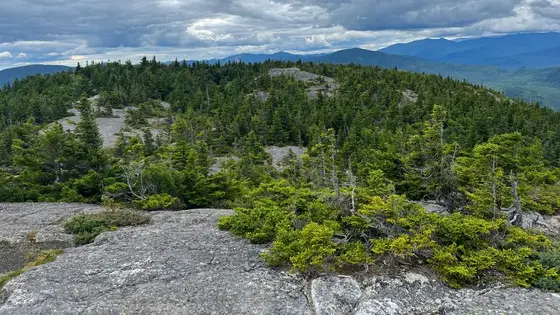
Mantle Blob Beneath New Hampshire Shapes Appalachians

Ancient mantle advances Toward New York

Hot Blob Discovered Beneath Appalachians

Myths Turned Into Science
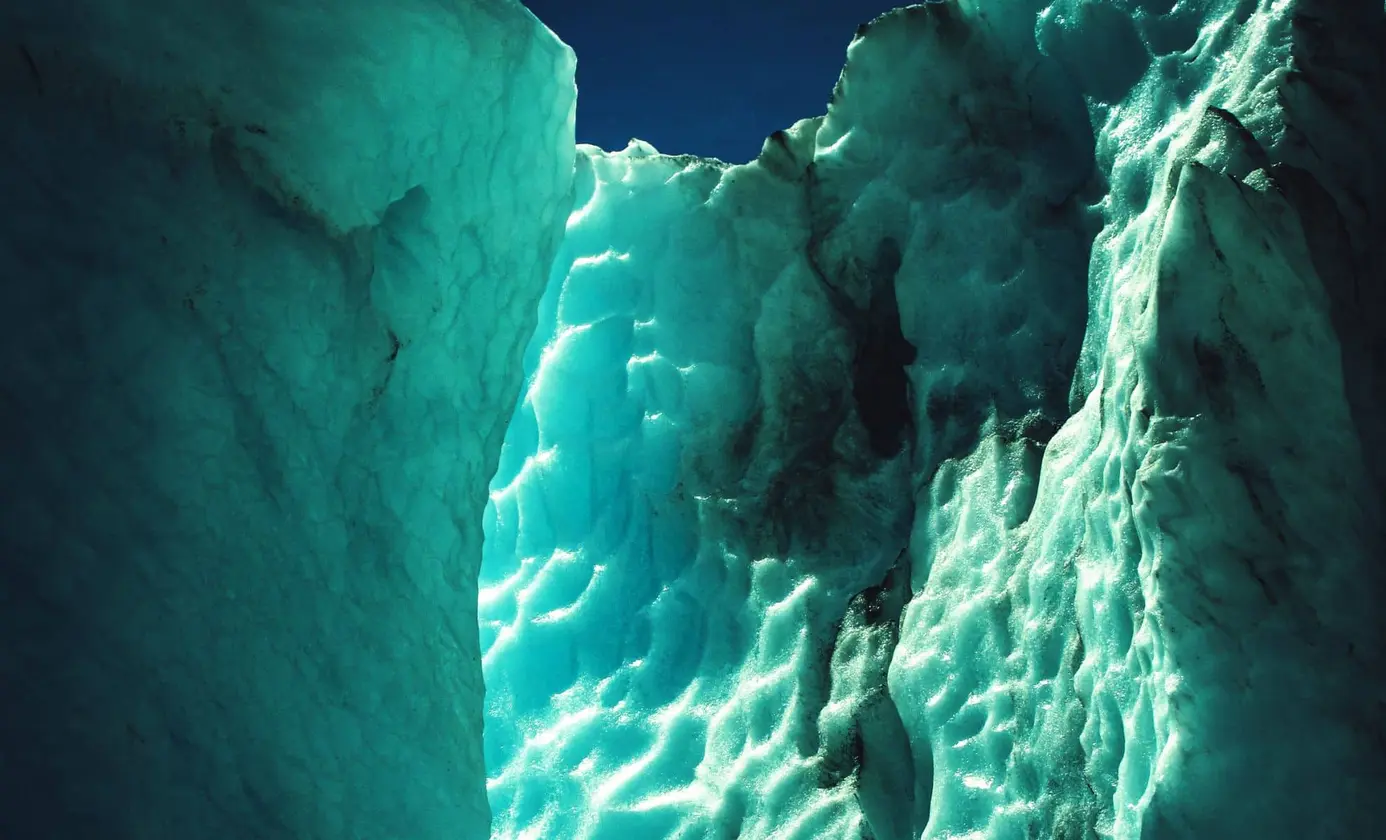
332 Submarine Canyons Found in Antarctica
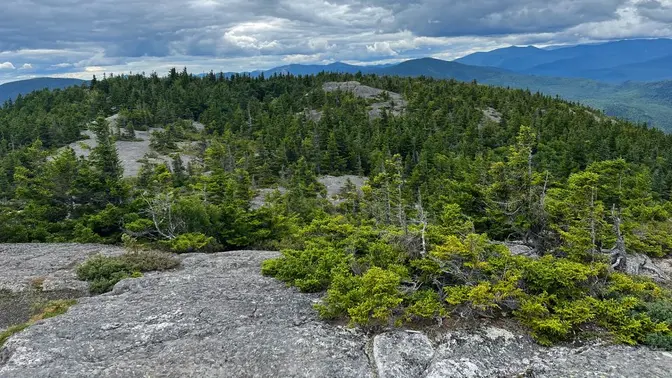
Mantle blob may shape future Appalachians
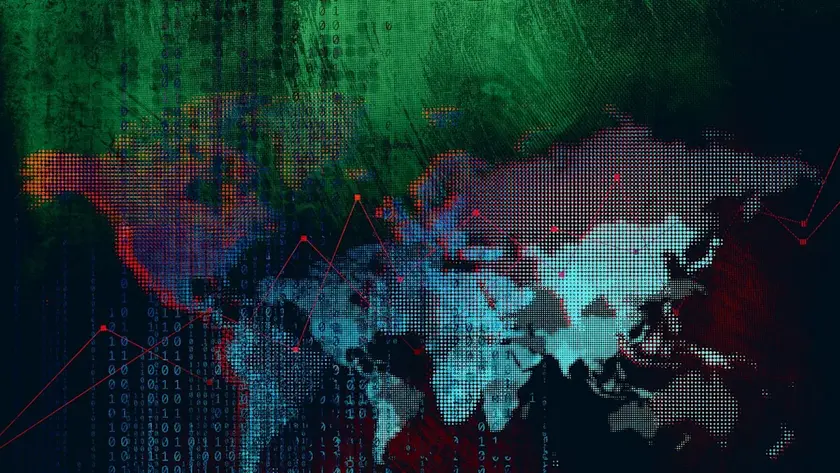
Geologists Map Zealandia As Earth's Eighth Continent

Geological Study Links Hot Rocks to Ancient Rift
